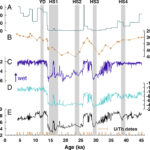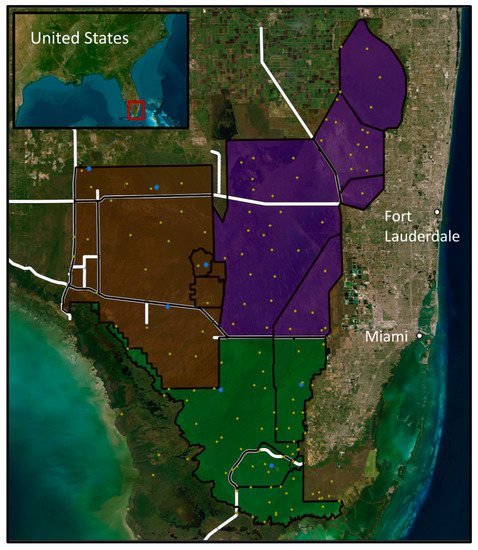2023-06-27 カリフォルニア大学校アーバイン校(UCI)
◆このモデルは、高い熱帯低気圧リスクを抱える国々が、嵐が人々や経済にどれだけ影響を与えるのかを計算するのに役立ちます。モデルはフィリピンを対象に試作されましたが、世界中の地域にも適用可能です。このモデルの利点は、利益追求をする保険会社が所有する他のリスクモデルや関連データにアクセスできない国々でも、リスクをより明確に把握できることです。
◆モデルは経済的費用の予測だけでなく、国や大都市が嵐に対してどこに時間とリソースを使うべきかを理解するのにも役立ちます。気候科学とリスクモデリングを結びつけることは、災害への準備や対応を人々に役立てるために重要です。このプロジェクトには、ニューヨークのラモント・ドハティ地球観測所、ワシントンD.C.の世界銀行、ニューヨークのコロンビア大学の研究者たちも参加しました。
<関連情報>
- https://news.uci.edu/2023/06/27/uc-irvine-scientists-develop-freely-available-risk-model-for-hurricanes-tropical-cyclones/
- https://journals.ametsoc.org/view/journals/wcas/15/3/WCAS-D-22-0049.1.xml
熱帯低気圧リスクモデルにおける脆弱性: フィリピンのケーススタディ Vulnerability in a Tropical Cyclone Risk Model: Philippines Case Study
Jane W. Baldwin,Chia-Ying Lee,Brian J. Walsh,Suzana J. Camargo, and Adam H. Sobel
Weather, Climate, and Society Published:27 Jun 2023
DOI:https://doi.org/10.1175/WCAS-D-22-0049.1
Abstract
The authors describe a tropical cyclone risk model for the Philippines using open-source methods that can be straightforwardly generalized to other countries. Wind fields derived from historical observations, as well as those from an environmentally forced tropical cyclone hazard model, are combined with data representing exposed value and vulnerability to determine asset losses. Exposed value is represented by the LitPop dataset, which assumes total asset value is distributed across a country following population density and night-lights data. Vulnerability is assumed to follow a functional form previously proposed by Emanuel, with free parameters chosen by a sensitivity analysis in which simulated and historical reported damages are compared for different parameter values and further constrained by information from household surveys about regional building characteristics. Use of different vulnerability parameters for the region around Manila, Philippines, yields much better agreement between simulated and actually reported losses than does a single set of parameters for the entire country. Despite the improvements from regionally refined vulnerability, the model predicts no losses for a substantial number of destructive historical storms, a difference the authors hypothesize is due to the use of wind speed as the sole metric of tropical cyclone hazard, omitting explicit representation of storm surge and/or rainfall. Bearing these limitations in mind, this model can be used to estimate return levels for tropical cyclone–caused wind hazards and asset losses for regions across the Philippines, relevant to some disaster risk reduction and management tasks; this model also provides a platform for further development of open-source tropical cyclone risk modeling.
Significance Statement
Landfalling tropical cyclones are devastating disasters for which the Philippines is particularly at risk. Here we develop a model for tropical cyclone risk, quantified as property losses, over the Philippines and demonstrate its effectiveness by comparing to historical damages. We find that capturing the difference in vulnerability between the largest city in the Philippines (Manila) and more rural areas is important to accurately represent this risk. Using this model, we can more accurately constrain the risk of very extreme tropical cyclone events in the Philippines. The model can also be straightforwardly adapted for emergency planning in other countries and for climate change scenarios using openly available information.




